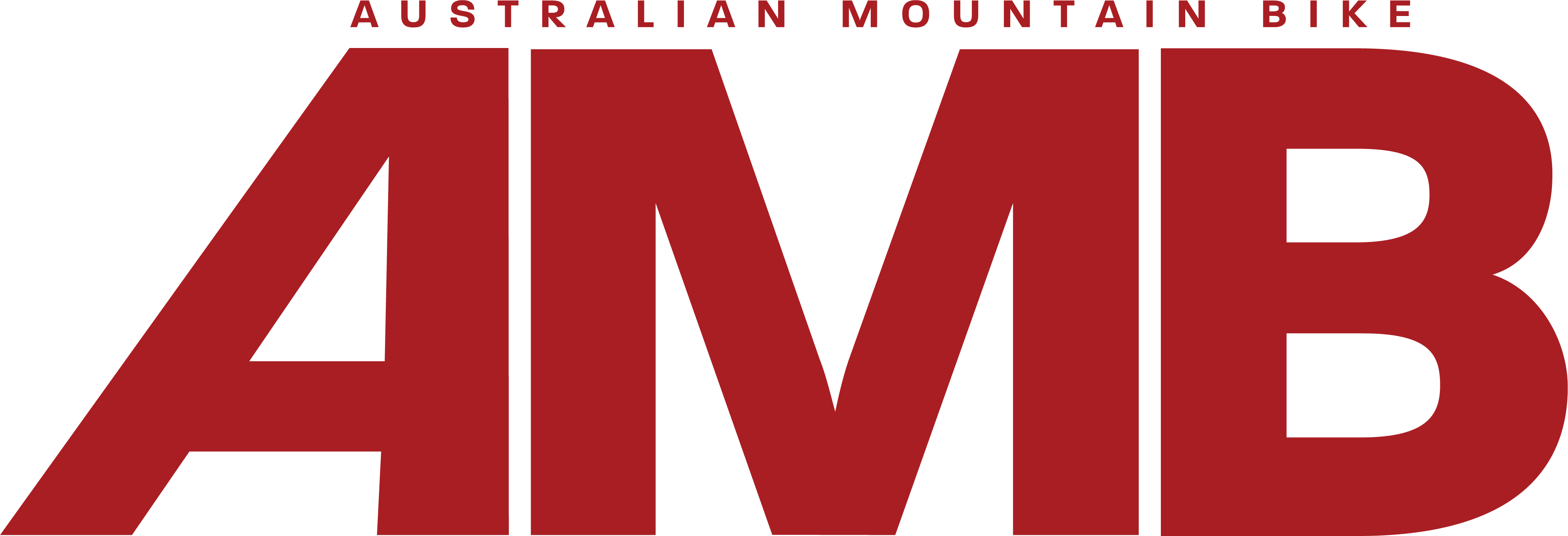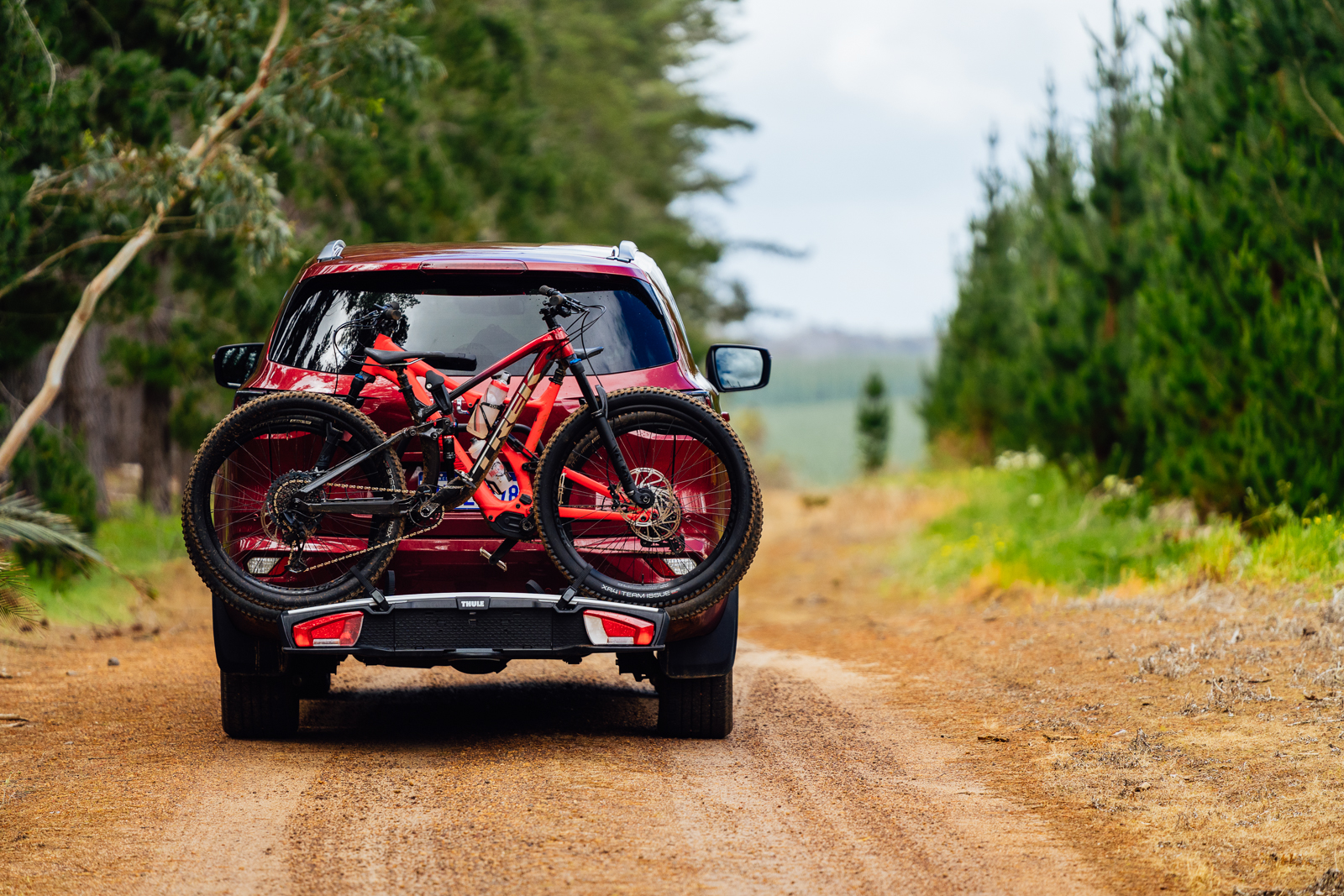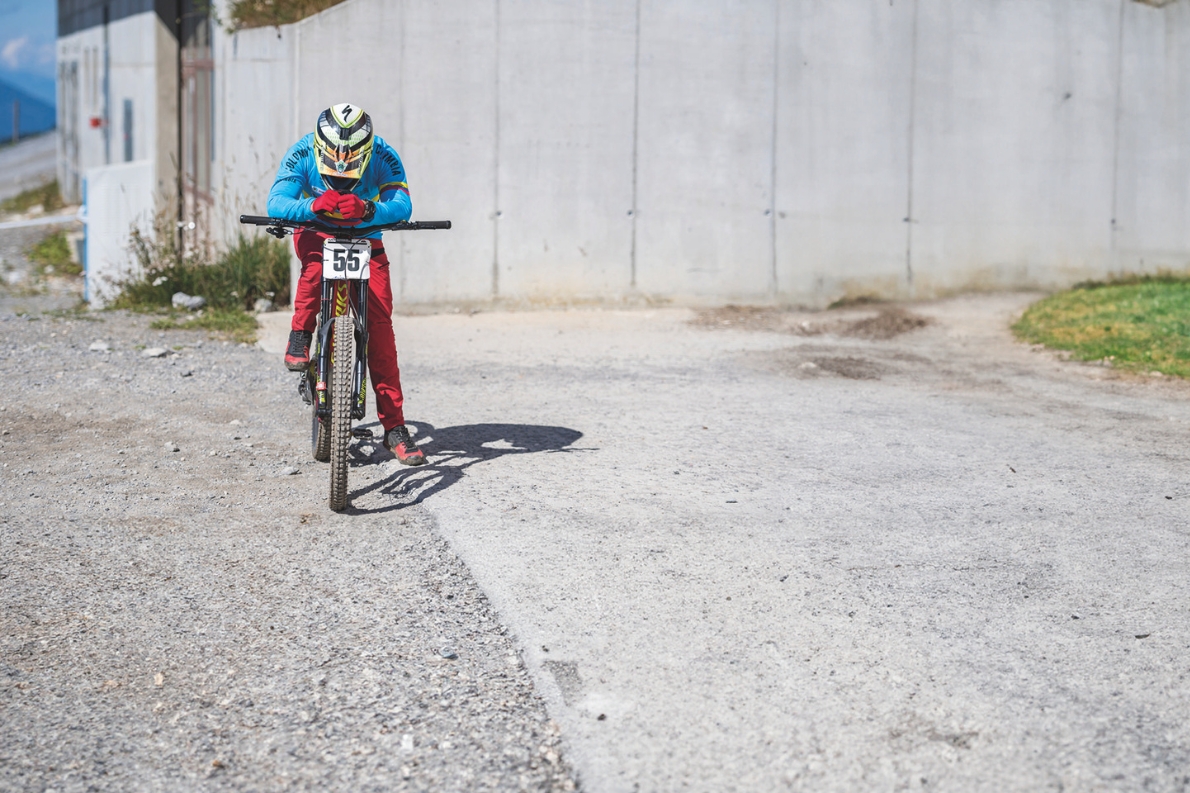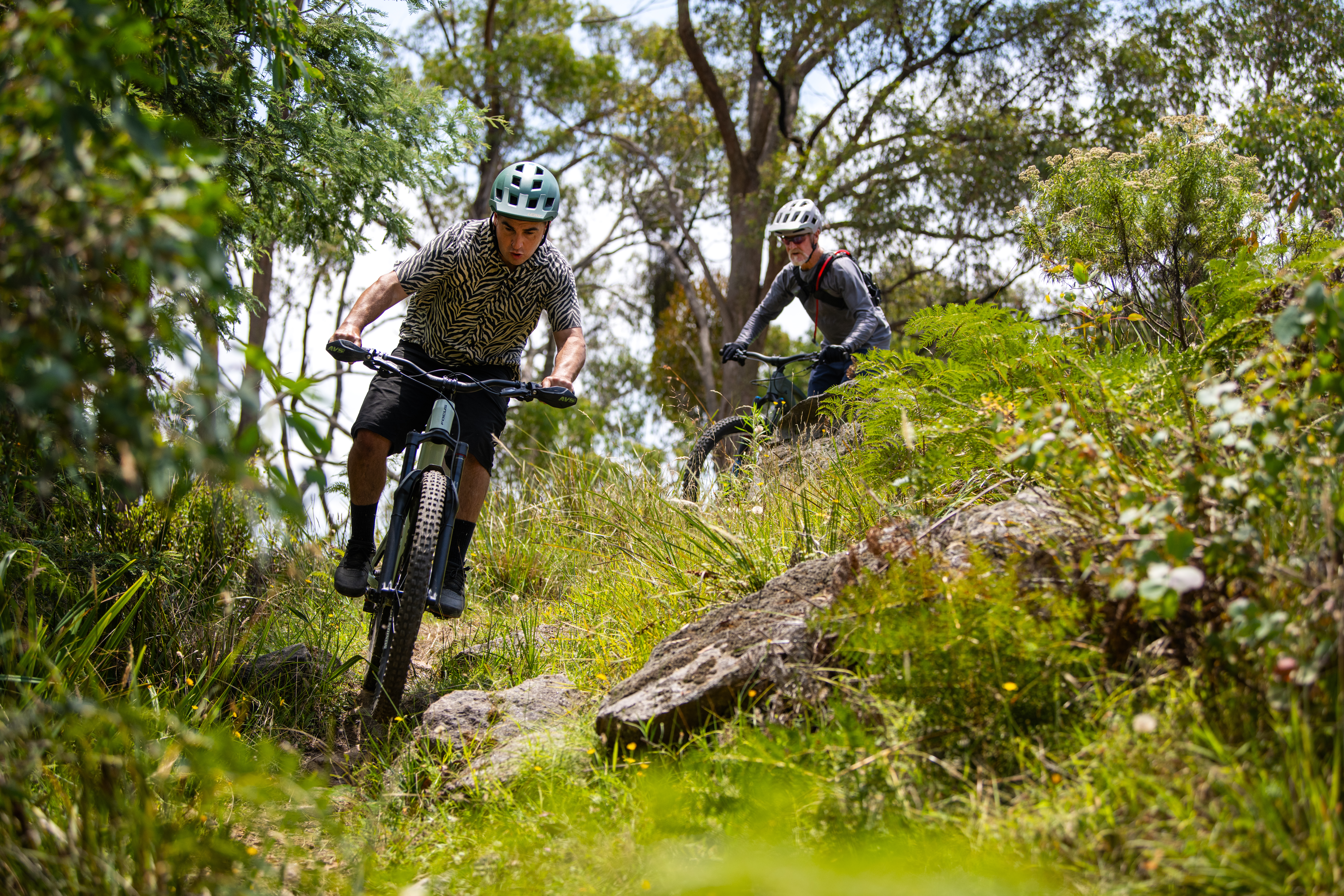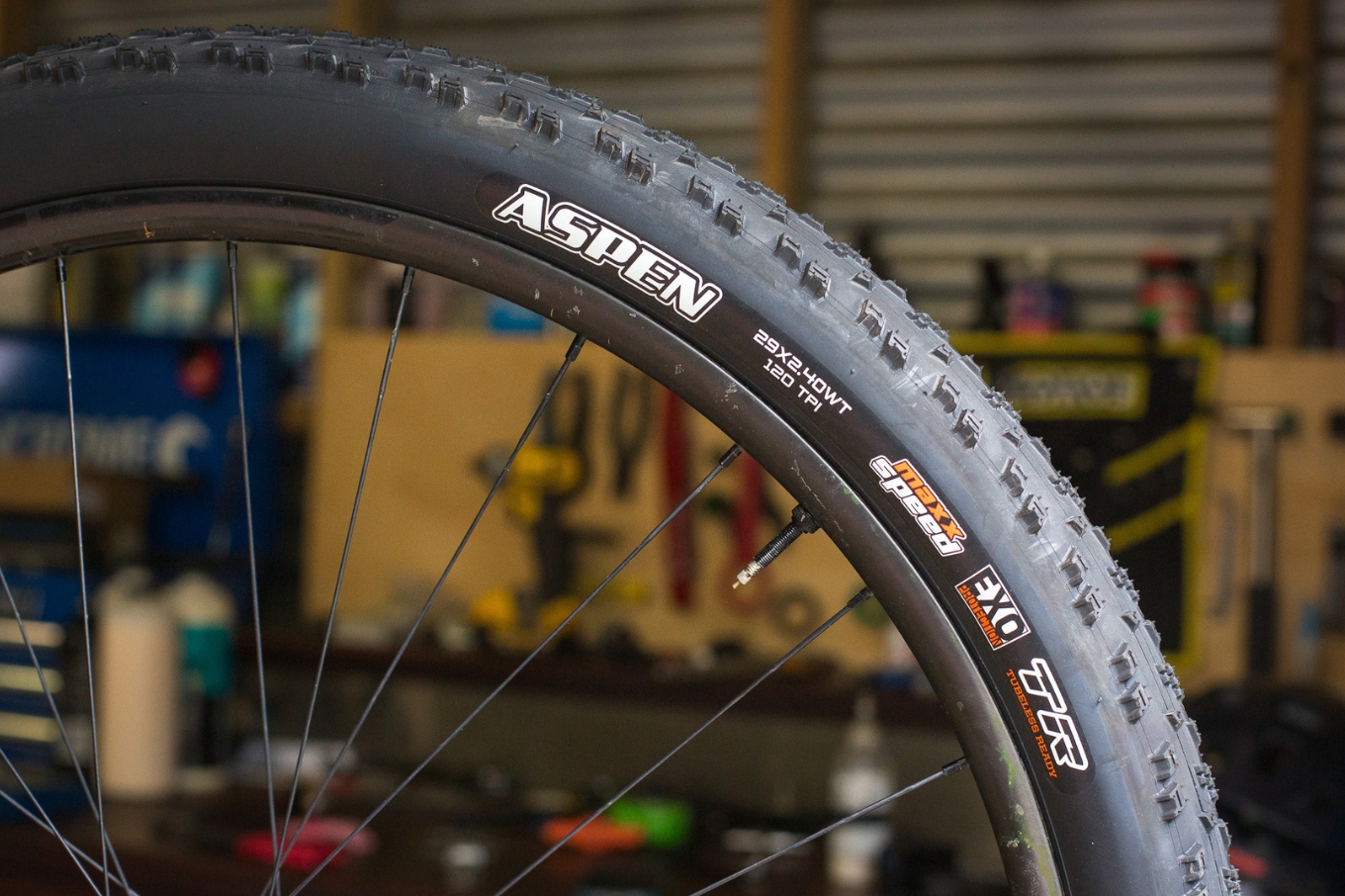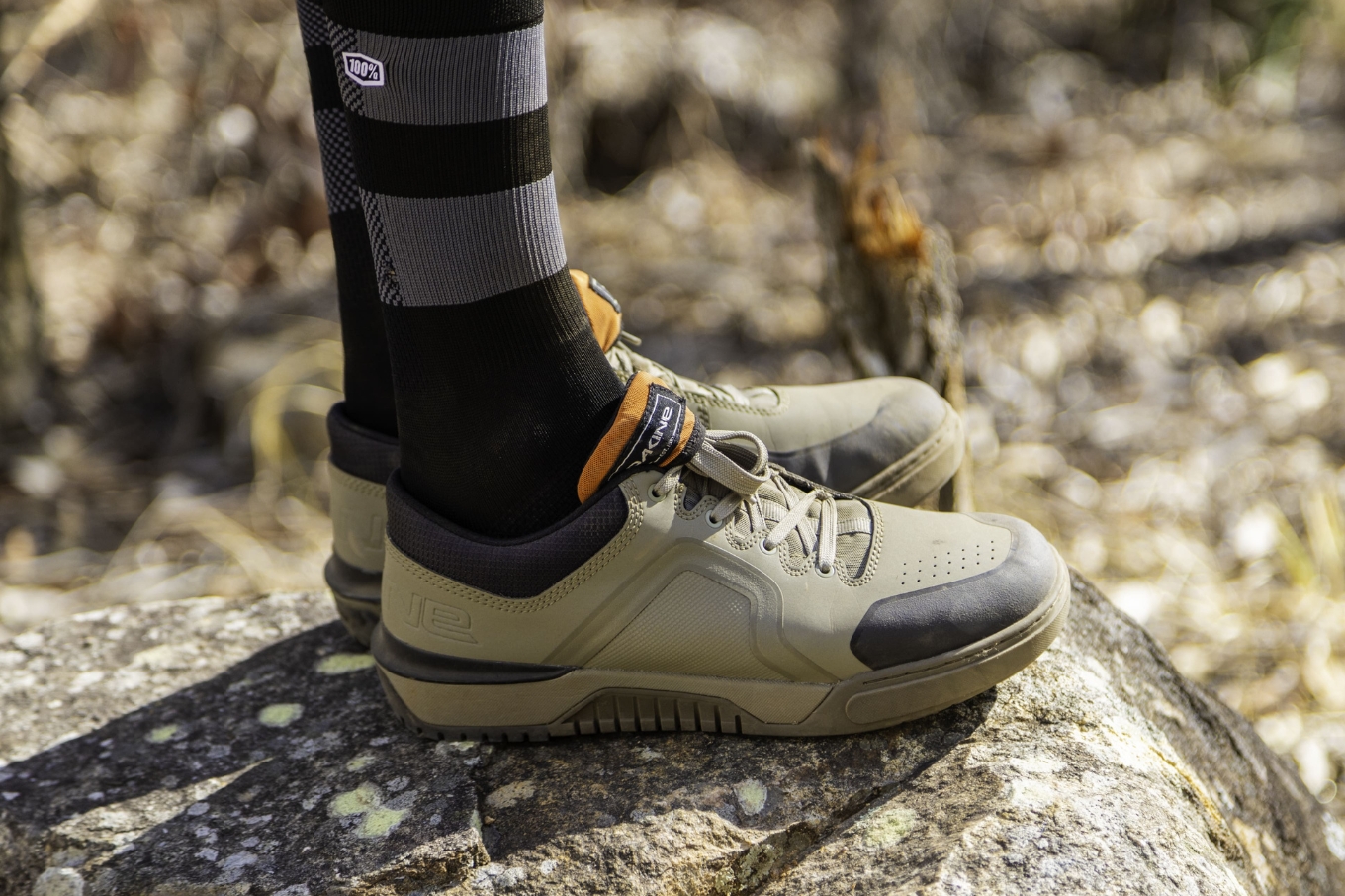TESTED: Thule VeloSpace XT 3
We were given the VeloSpace XT 3 to test for the duration of the AMB Places That Rock WA Road Trip V2.0
Words: James Lobegeiger
Photos: Denzil Heeger
The VeloSpace XT 3 is a tow ball mounted rack that can hold 3 bikes as standard, and 4 with an adaptor. The bikes sit on trays and are held in place with two ratcheting wheel straps and an arm that clamps onto the frame. The arms are capable of being locked to the bikes, and the rack can be locked to the tow ball. All locks use the same key. These are all great security options when you’re leaving your vehicle unattended for the all-important post ride burger or bean nachos. To access the boot of your vehicle, the rack can tilt away with the press of a foot pedal. The rack has lights and a numberplate mount as standard so there is no need to purchase or fabricate anything to be road legal – it’s plug and play.
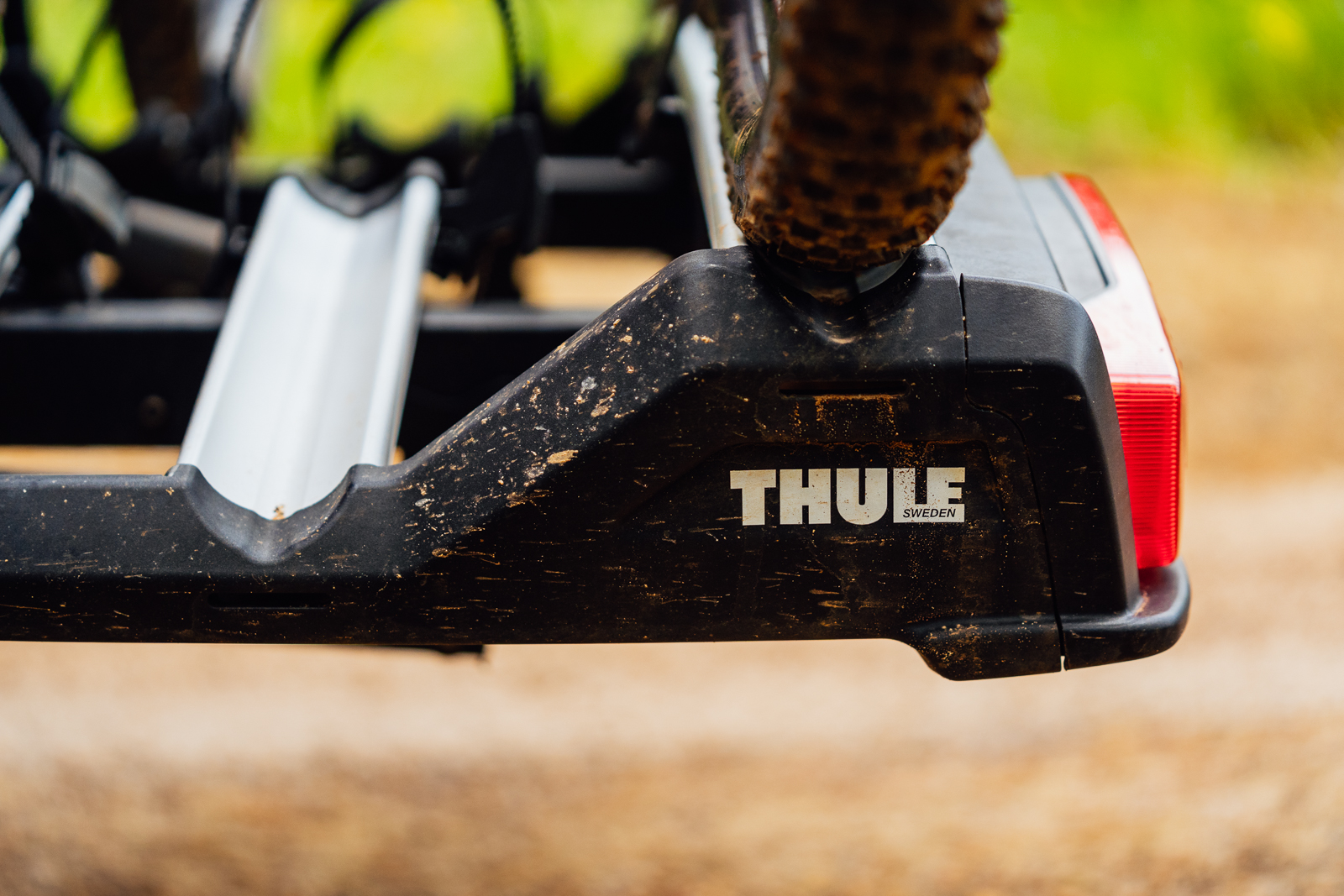
Assembly of the rack is easy, as there is very little to do. Fit the bar that the arms attach to with a couple of Allen keys, flick a couple levers, and you’re done. Installation on the tow ball is simple, provided your tow ball is compatible. The rack needs to drop completely over the tow ball for a firm hold. Unfortunately, this doesn’t happen with some tow balls. Thule realise that this can be a problem and, as such, provide a compatible tow ball with the rack. Kudos to Thule for this, but from an environmental impact standpoint, it would be better to design the rack so it fits on all 50mm tow balls. I’d suggest checking the compatibility at the place of purchase as they are more likely to have the appropriate tools to remove and fit tow balls.
Load ’em up!
Mounting bikes is not without some difficulty. The rack is load rated to 60kg and Thule claim it is capable of transporting e-bikes, fat bikes and small childrens’ bikes. With limited vertical offset between the wheel holding trays and a narrow (19cm) distance between bikes, mounting more than two bikes is not easy. The VeloSpace XT 2 has a more frame friendly 25cm gap between bikes, which suits wide bars and pedals a lot better.
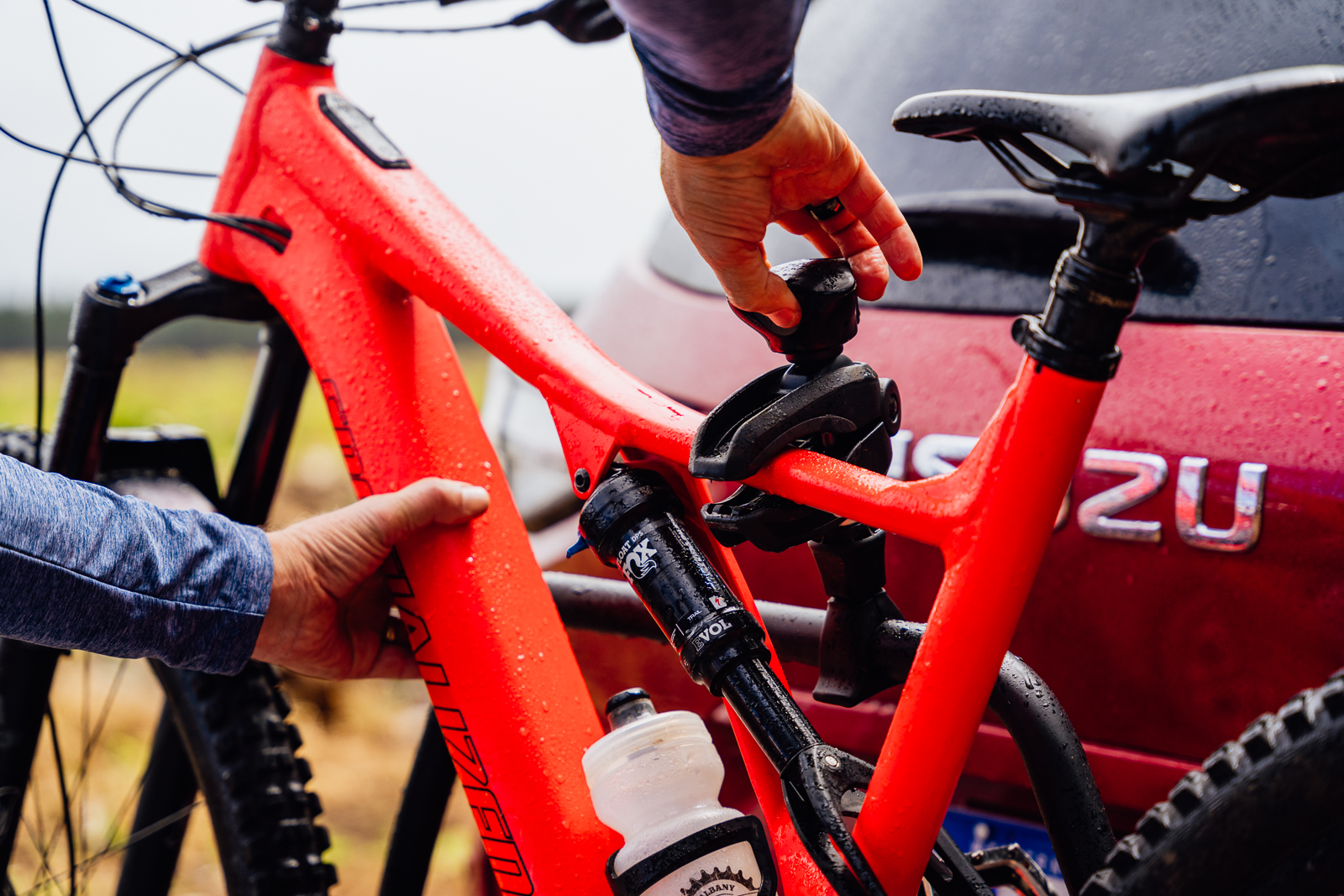
An advantage of the rack’s design is that there is no need to adjust the position of the trays to suit bikes of different wheelbases. With the right combination of bikes on the rack, this is ideal. My son’s 20” mountain bike fit no problem. I think if you had three bikes with quite different cockpit positions, for example, an adult’s bike and a couple different wheel sized kids’ bikes, mounting bikes on this rack wouldn’t pose much of a problem.
It is not completely without drawbacks, however. The ratcheting straps that hold the wheels in place cannot be slid on the wheel trays, making it difficult to align bikes so handlebars and saddles don’t foul each other. As the arms clamp the frame, I’d recommend getting the Carbon Frame Protector for an additional $45 if you have a carbon framed bicycle. The other limiting factor is that the VeloSpace XT 3 can only accommodate bikes with a maximum wheelbase of 1300mm. Our photographer’s extra-large e-bike has a wheelbase of 1315mm with 27.5” wheels. There was no chance of fitting it on the rack. That said, many racks using a tray style support will have a similar limit, and you need to consider how far your bikes protrude beyond the width of your vehicle – so do some fact checking before you purchase any bike rack.
On The Road
Let me tell you a little bit about Murphy. US Air Force Captain Edward A Murphy Jnr. was testing how many G-forces a human body could withstand. With a rocket sled that could accelerate up to 1000km/h, volunteers were brought to a sudden stop and the G-forces on different parts of the body were measured with 16 sensors. After one of these tests, all the sensors registered zero. Each sensor could be installed one of two ways and it was found that all the sensors were installed the wrong way. Murphy pronounced, “If there are two or more ways to do something and one of those results in a catastrophe, then someone will do it that way.”
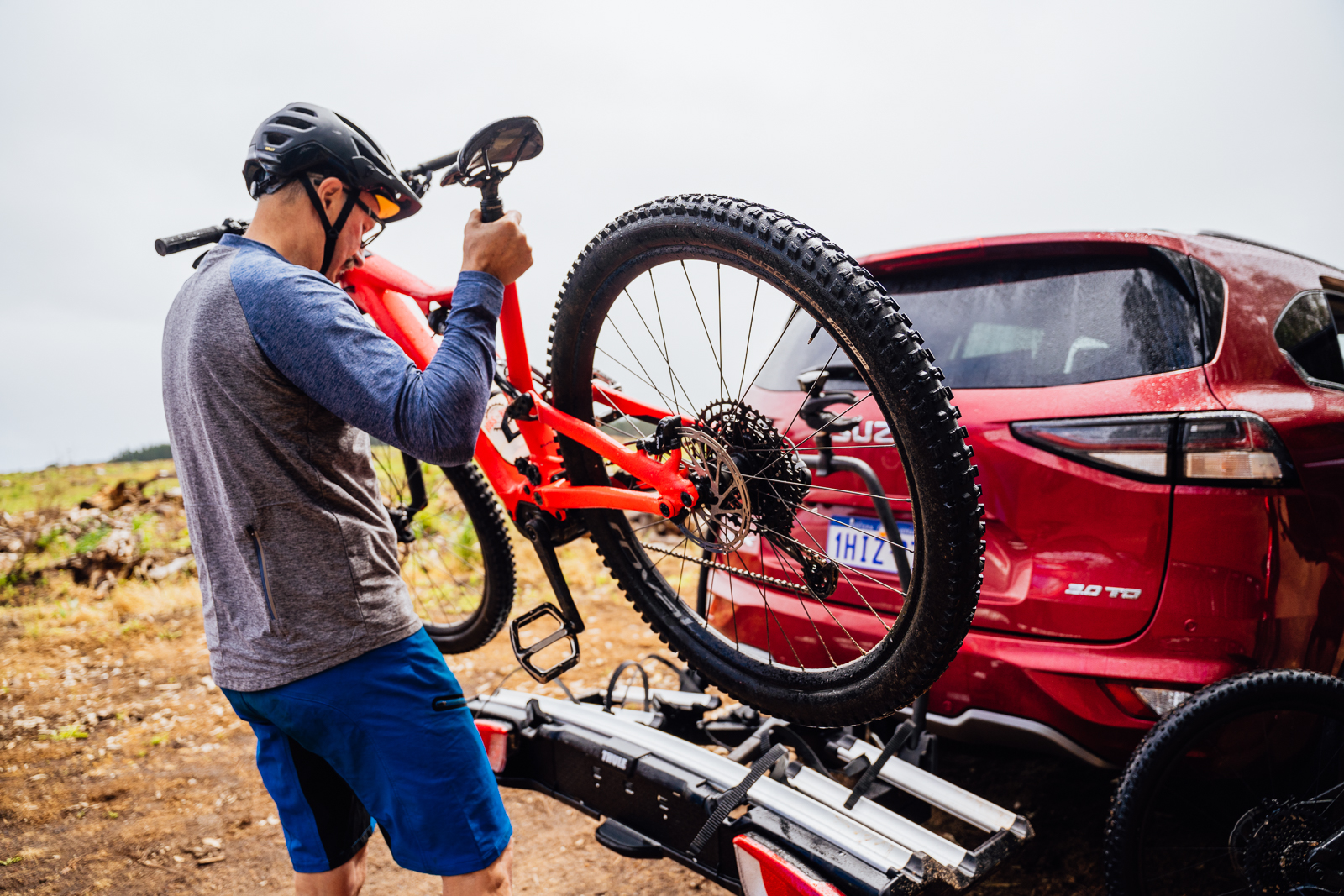
How does this relate to this bike rack? The Thule VeloSpace XT 3 has a 13-pin power connector. In the process of adapting this to a 7-pin flat socket of the Isuzu MU-X we were driving for the road trip, Murphy’s Law was proven right again. One of the adaptors could be installed the wrong way and of course it was. Subsequently, right indicating in the MU-X resulted in left indicating on the VeloSpace XT 3 and vice versa. Apologies to everyone that followed us during the road trip.
During the road trip, we found the mounting of the bikes on the rack was fastest with two of us mounting each bike; one person to support the bike and attach the arm to the frame of the bike while the second person torqued down the wheel straps. As fast as this method was, during the road trip we rode multiple locations per day and by the end of it we were quite sure we didn’t want to use the rack for shuttles. When mounted, the bikes were held firm with limited front wheel wobble at high speed. When taking a nature break or grabbing snacks on a long drive, the bikes being locked onto the bike rack gave a bit of added peace of mind.
One slight complication arose with use of the rack with the car driven. Our Isuzu MU-X had an electric boot and its sensors were, shall we say, sensitive. Even tipped to the most extreme angle without bikes on the rack, the boot wouldn’t open. Food for thought.

If you own several bikes, or travel with different combinations of bikes, it is really handy not needing to make adjustments to the rack. The low profile makes parking more manageable, and the easy accommodation of the auxiliary number plate and lights make the rack convenient to use. The main question is whether the range of bikes to be carried will fit, given the narrow spacing between bikes, and the limitations regarding wheelbases. In my mind this rack suits a small family of riders getting to and from the trails, more than a group of mates running shuttles. But given Thule’s extensive range of bike racks, you’d be hard pressed to find something that doesn’t suit your needs.
RRP: $1499
From: thule.com/en-au
Hits:
- Low profile for a 3-bike rack, meaning it doesn’t stick out a long way behind the car.
- Lockable arms to hold the bikes as standard.
- Lights and plate board as standard.
Misses:
- Doesn’t fit all tow balls.
- Hard to fit 3 mountain bikes without rubbing.
- Won’t fit all modern e-bikes.
- Not the fastest mounting and removal of bikes.
